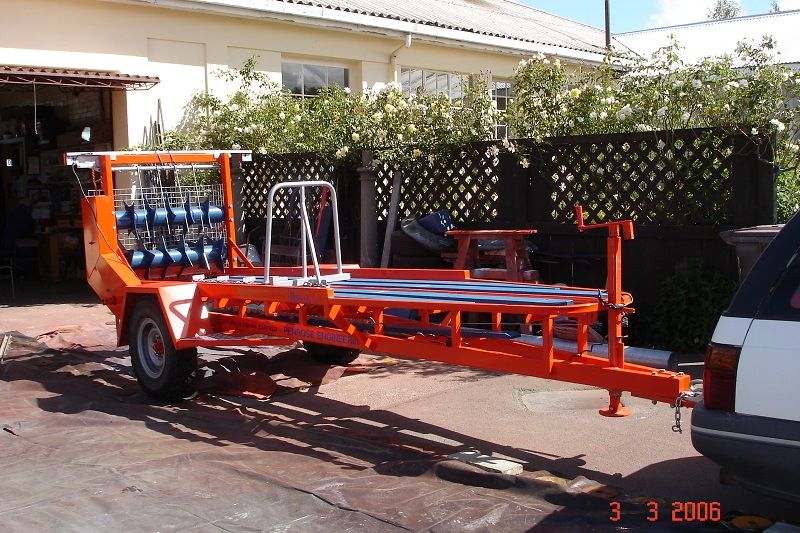Hi Tony Ray
A while back I made some cast iron pulleys with a groove very close to the 3.4 diameter of yours yours I milled the radius into the pulley edge with the side of a plain square end milling cutter. no ball end required.
In this case the pulleys had to be made to high precision better than .0005" run out (there were deep groove ball bearings fitted in a precision bored centre boss) A set of 6 in all about 120mm in diameter to be used in a cable driven parallel motion mechanism.
The method used was to mount the pulleys with bearings fitted on a shaft (A bolt) on a small angle plate then while rotating the pulley slowly the cutter was brought to bear at 90 degrees to the axis of the blank on the outer edge of the pulley blank while it was rotated at a about 2 rpm.
The rotation of the blank was achieved using a rubber friction drive applied to the edge of the blank with a small slow speed gear motor with a rubber drive disk turned up from stuff found in the scrap bin. It did not require a lot of power. A bit of a lash up but it worked.
The pulley blanks had been plain faced, I did not pre cut the groove as in this case all that was needed was to sink the centre of the radius about 2mm below the plain edge face. I cant remember exactly what depth of cut I used probably about 1mm per rotation of the blank until near the final dimension required then a couple of light finishing cuts
This method worked surprisingly well…. centering was not a problem because the pulleys were machined on their own bearings with the centre of the ball race fixed. The .0005' run out tolerance was bettered and the finish was very good. I did use a sharp endmill (Note only the side of the cutter was used not the end edges)
If you have a vertical mill and a rotary table and a cutter of the right size and length you could center the blank on the rotary table (You may need to pack it out to allow clearance for the milling chuck) then use the same methods as above. you would have to hand feed the rotary table.
Cheers
John
Edited By John McNamara on 09/07/2013 17:36:43
John McNamara.






